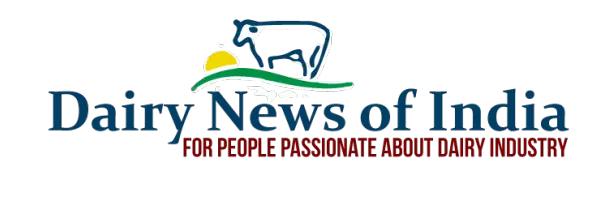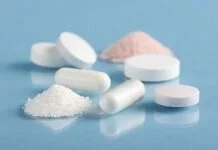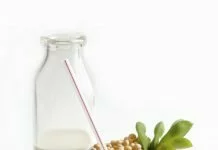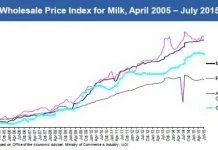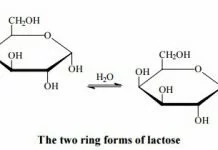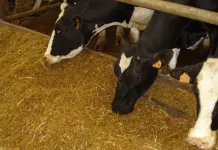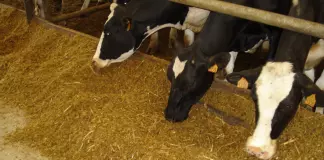Source: timesofindia.indiatimes.com
In Gujarat, which was first state to ban cow slaughter, cows are in demand currently for purely business reasons. Enthused by the higher prices paid for cow milk, farmers in the state are aggressively buying crossbred cows to increase their milk production. In 2015 alone, farmers have bought as many as 1.5 lakh milch animals, 70% of which are crossbred cows, from Punjab, Haryana and Maharashtra.
Dairy industry players say that the trend of buying high-yield cows and buffaloes from other parts of the country, mainly from North Indian states, has been on the rise. Last year, around 1 lakh such animals were bought by farmers associated with Gujarat Co-operative Milk Marketing Federation (GCMMF) and this year the number is even higher.
“Around 1.5 lakh to 2 lakh cows and buffaloes have been bought by farmers in Gujarat this year. The remunerative prices of milk supplied by farmers to Amul is the prime reason for the surge,” says R S Sodhi, managing director of GCMMF, which markets Amul brand of milk and milk products in the country.
Farmers in Gujarat, the home of the White Revolution, receive higher prices for milk they supply. According to Sodhi, GCMMF pays its member farmers Rs 31 per litre for cow milk, while in Maharashtra and Punjab, the price paid is Rs 15-17 and Rs 20-22 per litre respectively.
“In Sabarkantha district alone farmers have bought at least 50,000 new animals,” says Sabar Dairy’s managing director B M Patel, adding that most of them are Holstein-Friesian crossbreds from Punjab and Maharashtra.
Officials of Kaira District Co-operative Milk Producers’ Union (also known as Amul Dairy) estimate that around 50,000 cows and buffaloes have come to Anand and Kheda.
The demand is so great that many farmers from Punjab set up stalls at Bayad taluka in Sabarkantha district where they sell cattle to local farmers, who prefer cattle from North India as their milk yield is higher.
“While a local breed’s dry period is around six months, the dry period in a crossbred is just two months. Also, a crossbred’s milk yield ranges from 10-20 litres per day against local breed’s yield of 5-10 litres per day,” adds Patel.
